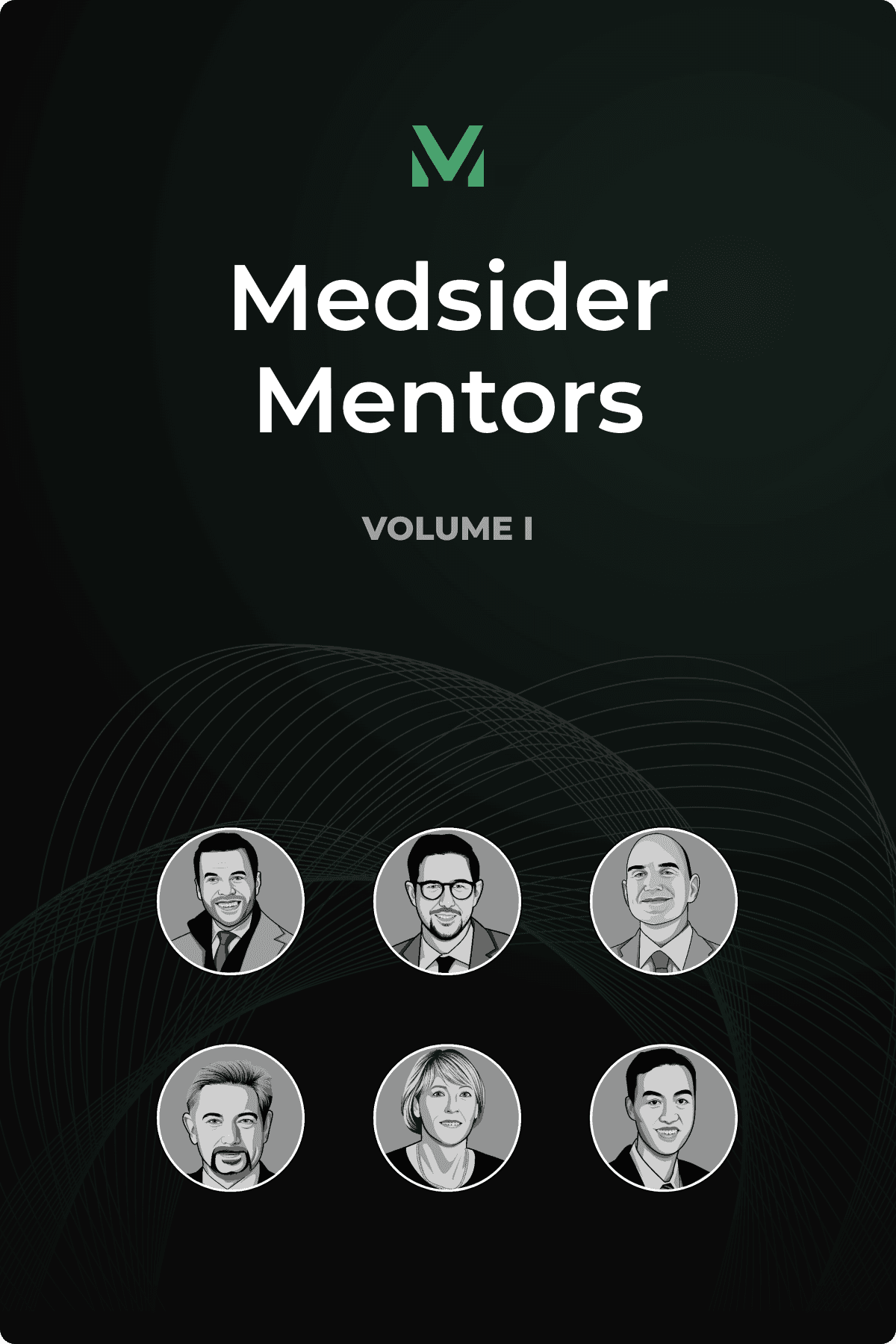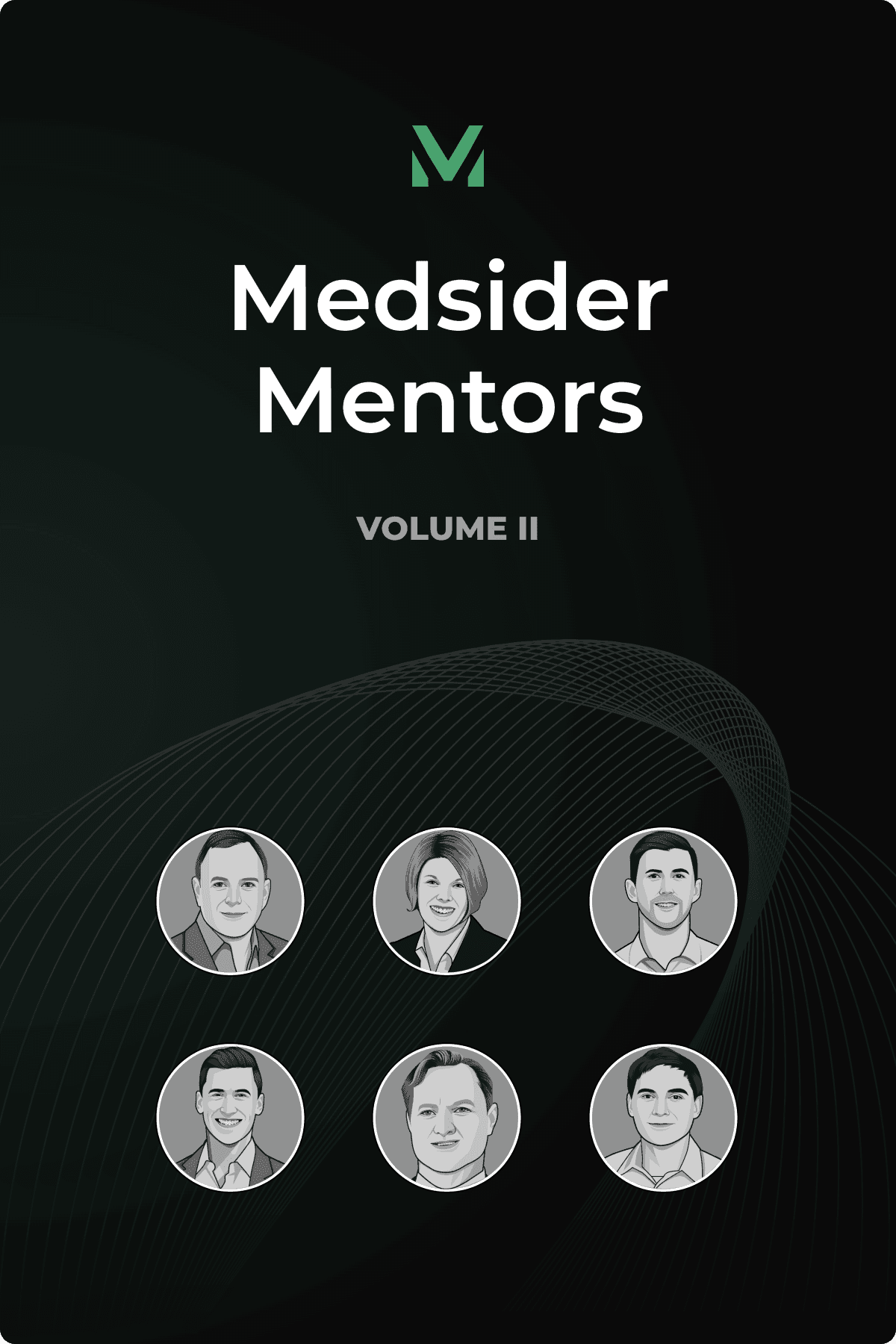Evolving the Sales Model with Product Maturity
Interview with AVITA Medical CEO James Corbett

Key Learnings From Jim's Experience
Generate additional clinical evidence beyond regulatory requirements to accelerate market adoption and physician confidence. AVITA Medical exemplified this approach by delivering over 300 podium presentations at major medical conferences and completing five PMAs — far beyond what regulatory authorities demanded. Viewing clinical studies as an ongoing commercial investment creates a foundation that enables physicians to confidently adopt new technologies, especially when expanding into specialties that may initially seem foreign.
Adapt commercial strategies to match product maturity. Rather than maintaining static sales models throughout commercialization, AVITA Medical transitioned from a specialist-heavy model with clinical experts supporting every two sales representatives to a streamlined approach where experienced reps handle the entire sales process independently. Early-stage products require intensive clinical support to educate physicians, but as adoption matures, the sales force must develop technical competence to operate efficiently without extensive specialist backup.
Own the raise — the best capital strategy is a DIY one. Jim urges CEOs to lead fundraising themselves — not just to close the round, but to learn what resonates and refine the pitch in real time. This hands-on approach provides invaluable market feedback that gets lost when intermediaries get too involved. Just as important, he warns against chasing a build-to-sell strategy. The most attractive companies are those focused on long-term value: delivering real customer outcomes, executing well, and building sustainably.
Patient stories have a unique power in healthcare. They can rally teams, shape product decisions, and in some cases, change the course of a career. For James (Jim) Corbett, he experienced a unique moment when he learned about Charlie Xavier — a woman whose recovery defied every medical expectation and ultimately influenced his decision to lead AVITA Medical, a therapeutic acute wound care company.
Charlie had suffered burns over 85% of her body in an industrial accident. Doctors told her husband that, with luck, she might survive a year in the ICU before passing. Six months later, she walked out of the hospital — her recovery made possible by RECELL, an FDA-approved Spray-On Skin technology that harnesses the regenerative properties of a patient’s own skin.
Stories like Charlie's convinced Jim the mission was worth pursuing and catalyzed his transition from board member to CEO in September 2022. The decision represented a shift for a medtech veteran who became president of Boston Scientific's international division at just 36 years old and has since led multiple device companies across various clinical categories.
At AVITA Medical, he's scaling RECELL, which has been shown to accelerate healing time by roughly 30% compared with a standard skin graft. The company also has two other commercially available products — PermeaDerm, a biosynthetic wound matrix, and Cohealyx, a collagen-based dermal matrix — to further its goal of reduced hospital stays and faster wound care therapy.
Jim’s journey offers insights into what it takes to commercialize at different stages of product maturation, align strategy with clinical data, and stay grounded in patient outcomes that drive meaningful innovation.
You May Like These Articles
Medsider Premium
Become a premium member and unlock access to exclusive Medsider benefits.



